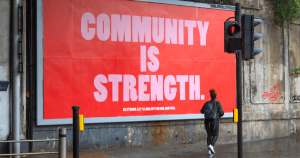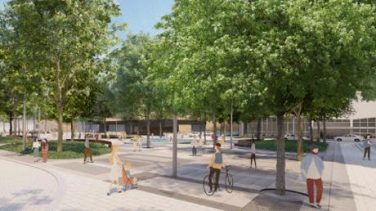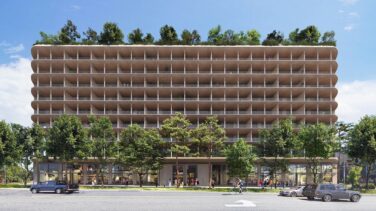 COVID-19 forced us all to re-examine how we work and collaborate so quickly (and dare I say now, permanently) that ‘Zoom’ became a noun and a verb.
COVID-19 forced us all to re-examine how we work and collaborate so quickly (and dare I say now, permanently) that ‘Zoom’ became a noun and a verb.
Commercial real estate developers and planners alike, required to solicit community feedback, have welcomed this Zoom era of community engagement, praising the ease it brings to the process and a hope for increased levels of participation. The hypothesis? It would even help you achieve more equitable engagement, rather than hearing from the same group of small, albeit loud, voices that typically attend public meetings. And, virtual public meetings could draw more people than in-person ones.
A recent survey we conducted didn’t really show this to be the case, though. While 60.22% of respondents stated virtual meetings are more convenient than physical meetings, and 57.17% said they would be more likely to attend a virtual meeting than a physical one, only 36.22% of respondents reported attending a virtual meeting since the beginning of the pandemic.
Though the intent of virtual meetings is right, virtual meetings alone have not made a tremendous difference in the willingness or desire of people to participate in the public real estate development process. They haven’t brought about a more equitable way of engaging a community.
Why?
Think about who participates in community meetings and who doesn’t – and these groups tend to remain the same whether the meeting is physical or virtual.
Groups that do participate:
- Homeowners (which research shows to be older, wealthier, and more likely to be White)
- Direct abutters
- Opponents of change
- Native English speakers
Groups that tend to not participate:
- Millennials
- Renters
- College students
- People with school-age children
- Those who work shifts other than 9am-5pm
- People new to a community
Looking at these groups, you can see that relying on people to attend a single meeting to give thoughts and opinions is not an equitable process for gathering legitimate community feedback.
This article, discussing why participatory planning (the term for relying on a single meeting for community feedback) fails, contains a great quote about its challenges: “…neighbors frequently say that they have to sacrifice time with family, work or both in order to show up to participatory planning meetings. It’s harder for people with kids, long work hours or lower incomes to contribute…”
So the question remains: how do we make community engagement more equitable?
Eliminating the reliance on one or handful of public meetings for engagement and feedback seems like a good start. It’s why we launched coUrbanize, after all! There’s data to support this kind of change in approach, too. In the survey mentioned earlier in this post, 87.23% of respondents agreed with the statement, “I would prefer to offer my feedback about a development project in my community without having to go to a public meeting.”
Beyond moving away from a sole reliance on public meetings for feedback, there are other ways to make the process more equitable.
To begin, consider who you’re not hearing from.
Once you know who these people are, you can begin thinking about more effective ways to engage them. To use an example from our group of traditional non-participants earlier, let’s look at millennials. As a cohort, they’re known to prefer digital methods of communication over physical. Though they may not be comfortable speaking at a public meeting or receiving a phone call, as a group they’re much more comfortable sending an email or completing an online survey.
Offer multiple communication strategies, with specific strategies for each.
Though it’s wise to move away from utilizing public meetings as your only forum for engagement, don’t create a new engagement bottleneck by relying solely on another channel. Consider the digital divide. While online methods may be good for millennials, they may not seem inclusive or approachable to older generations.
Make translation nonnegotiable.
Nearly 22% of U.S. residents speak a language other than English at home. In the nation’s five largest cities, just under half of all residents speak a language other than English at home, while in nine states, one in four residents speak a language other than English at home. Translation has become key to ensuring community feedback is equitable. Make translation a nonnegotiable so that it’s inherently part of your approach. That was our aim with our announcement last week of our Language Equity Plan.
Frame the benefits of the project within the reality of the neighborhood.
Think about what matters to the residents in the community of your project. This will help you better frame your project to them, and in turn, help you get more helpful community input. For example, will neighbors to your project care about “luxury” units or will they care more about the new sidewalks you’re adding?
If you’re successful in more equitably engaging a community, you’ll find that the feedback you receive is more valuable because it’s truly representative of that community. You’re hearing from all types of voices, rather than those select few who are able to attend a public meeting whether it’s virtual or in-person.


